 |
The story of a lost white child who is guided back to reality by a kindly black elder has been played out many times in Australian literature and film. The bathos of innocence—child and native—holds the worldly business of white adults at a safe distance. What the ceremony lacked was a meeting of indigenous and settler adults negotiating a treaty that would establish mutual obligations satisfactory to both parties. Historically, the opening ceremony dropped the baton that might link first and subsequent peoples in a shared story. |
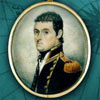 |
Despite the language differences, a Malay cook on board
|
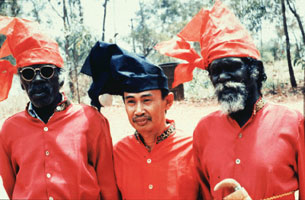 Trepang Trepangfeatured strongly in Southeast Asian media. Three national Indonesian television stations covered the event, and favourable reviews appeared in Indonesian and even Malaysian press. Despite this coverage, Australian media ignored the event. Ironically, the obsession with Pauline Hanson kept more positive Asian exchange out of the newspapers. |
|
 |
Responses to the Macassan story have come from a number of rock bands. In 1990, Milingimbi’s Wirrngga Band released a song called ‘Takkerena’, which was the Macassan name for the trepanging camp in this area. Three years later, Maningrida’s Sunrise Band produced a hit for 3JJJ titled ‘Lembana Mani Mani’, the Macassan name for their town. |
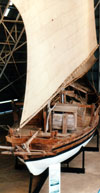 |
In 1988, Peter Spellit from the Darwin Museum reconstructed a Macassan pinisi for a commemorative voyage from Australia to Sulawesi. According to Jeremy Mellefont of the Maritime Museum, the sailors’ perspective is different from that of academics: ‘Sailors see oceans as what connects people, whereas academics see oceans as what separates them.’ Thinking about the rich history of traffic in Australia’s northern seas, the British leap across to the antipodes begins to seem less originary. |
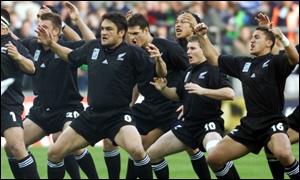 The Theorigins of ‘Pakeha’ are more obscure. It relates either to Paakehakeha (‘Gods of the ocean who had the forms of fish and man’), Patupaiarehe (‘Beings with fair skin and hair who gave people the secret of fishing with nets’), or Pakepakeha (‘mythical, human like being, with fair skin and hair who possessed canoes made of reeds which changed magically into sailing vessels’). |
|
 We have a virtual federation of terms for each of the continent’s We have a virtual federation of terms for each of the continent’sregions—Balanda (top end), Gubba (southeast), Kartiya (centre), Migloo (northeast), Numeraredia (Tasmanian), Watjala (west) and Goonya (southern). Using a framework of Aboriginal Australia, we might find way of articulating the differences that make up its non-indigenous population. This includes well-meaning but paternalistic Gubba, extrovert and cavalier Migaloo, caring yet ridiculous Balanda, busy and violent Watjala and head in the clouds Kardiya. |
|
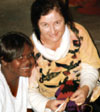 |
To central desert people such as the Pitjantjatjara, the beanie is a traditional item of clothing that has its origins in pre-contact times. Head-dresses were woven from human hair and worn by senior men, who used them as receptacles for precious objects. |